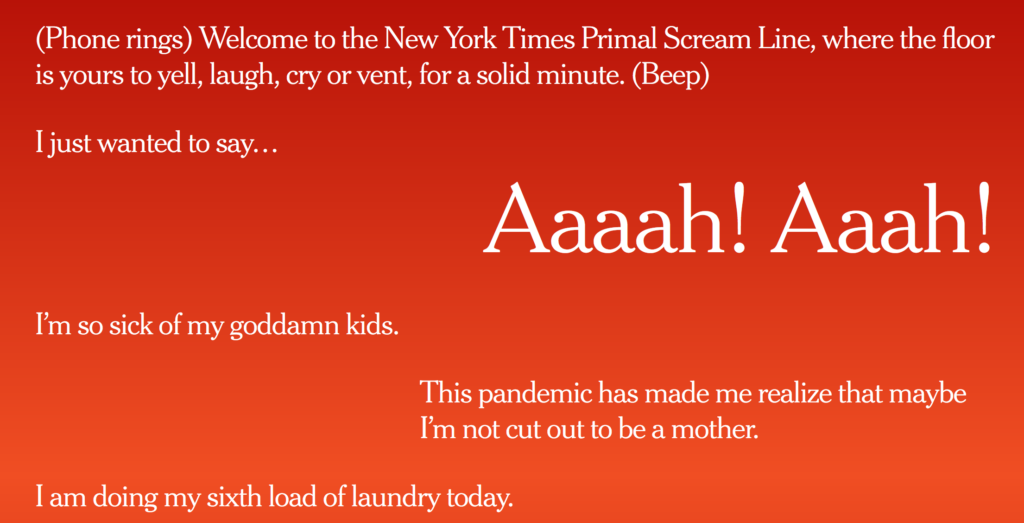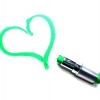Although this site is centered on the adult daughter’s perspective—there’s a natural and important overlap. After all, every mother was once a daughter, and many daughters are also mothers themselves. Ultimately, we are connected.
One of the most effective strategies for healing the mother-daughter bond is learning to see the relationship through each other’s eyes—to understand each other’s feelings, hopes, struggles, motivations, etc. That’s why so many mothers have told us they find the information on the website helpful, too.
This section, however, is created especially for mothers!
(PLEASE NOTE that while the quarantine is long over, we’ve left up the article about the Primal Scream line (below) since we felt it’s poignant about what mothers have to go through sometimes!)![]() Visit our Mother-Daughter Estrangement Page
Visit our Mother-Daughter Estrangement Page![]() For those mothers with teens, visit Moms & Teen Girls Page for strategies
For those mothers with teens, visit Moms & Teen Girls Page for strategies
Featured Article
Lesson of the Day: ‘America’s Mothers are in Crisis’
After being stuck at home during the pandemic with children yelling “Mom…MOM…Motherrr” all day, everyday, America’s mothers are frustrated. The New York Times set up a Scream Line where women can call in to yell, laugh, cry or vent, for a solid minute.
Click Here To Listen to the Primal Scream Line
By Jeremy Engle

Featured Article: “America’s Mothers Are in Crisis” by Jessica Grose
In the introduction to a series on how America’s working mothers are navigating the coronavirus pandemic, Jessica Grose writes:
The pandemic has touched every group of Americans, and millions are suffering, hungry and grieving. But many mothers in particular get no space or time to recover.
The impact is not just about mothers’ fate as workers, though the economic fallout of these pandemic years might have lifelong consequences. The pandemic is also a mental health crisis for mothers that fervently needs to be addressed, or at the very least acknowledged.
To address this complex and pressing crisis, The New York Times created a multimedia report that lays out exactly what mothers are facing and what needs to be done to support them. The project’s interactive design is supported by playful illustrations, glaring statistics and a special kind of audio feature: Times editors set up a hotline for mothers to call in and scream it out.










